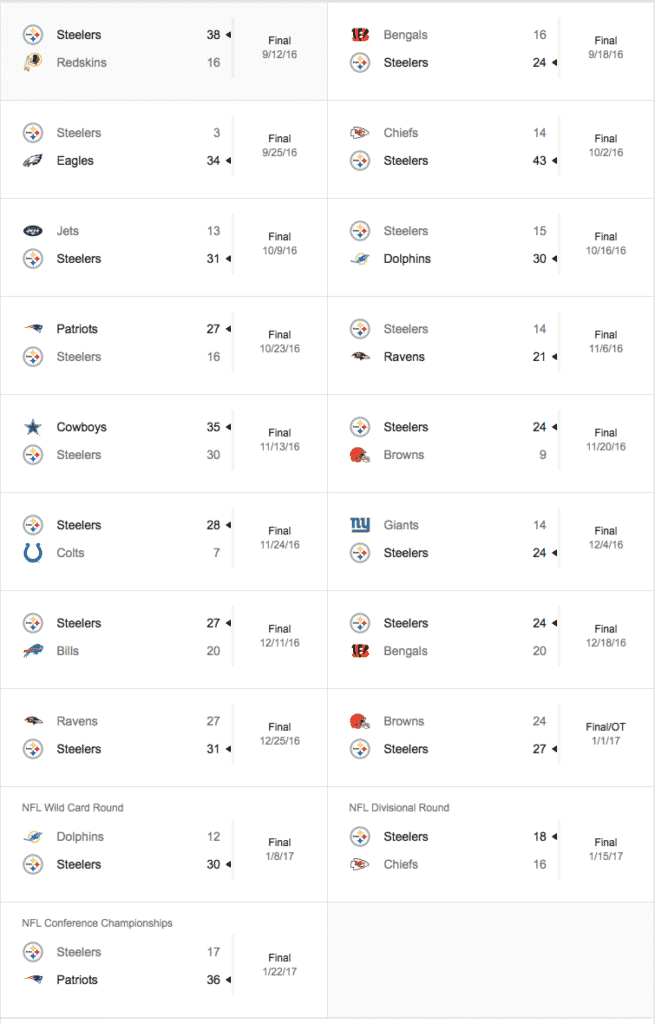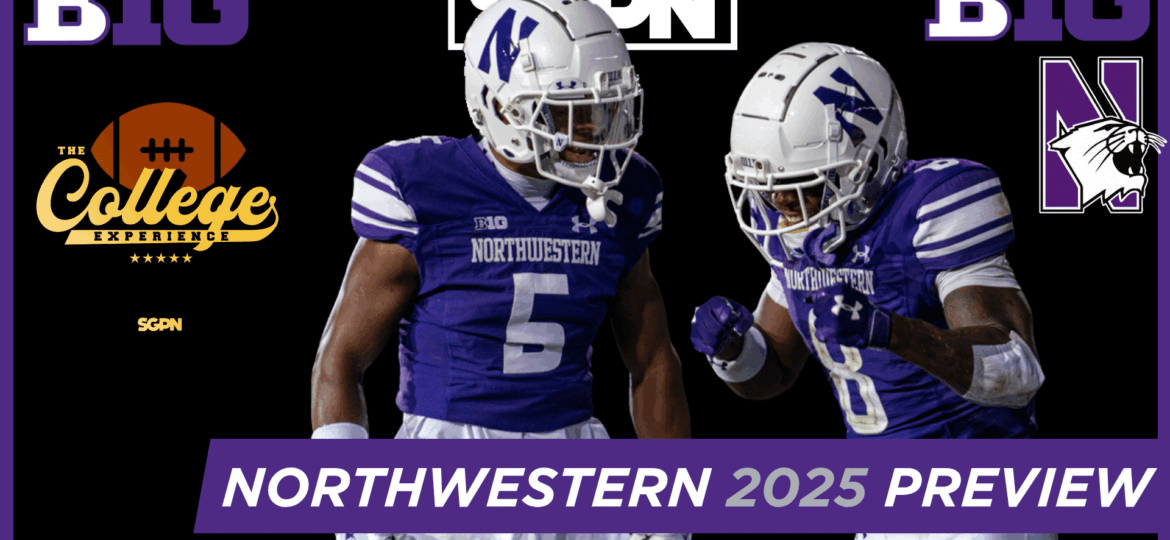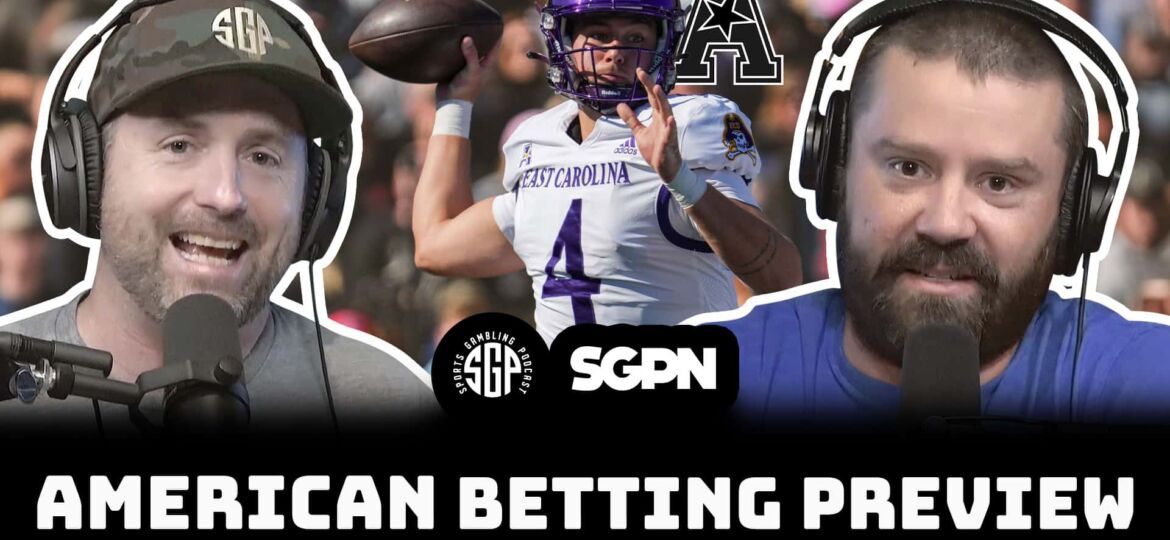I’ve written about this concept a very long time ago, but with the 2018 NFL season upcoming and starting on Thursday, I think sharpening all the tools possible is a great thing to do. I had a conversation with an unnamed professional sports bettor a few years ago, and while we were talking shop over a few too many cocktails, he explained to me one of his sharpest theories, the 10-3-3 Rule.
This conversation went on and on, by the end of it, I was drooling. So much so, that I felt the need to share this information with you. Now, let’s not forget, this is called gambling, not a sure thing, so by no means have I cracked the code to Vegas sports betting, however, it is something that when applied the right way, can be quite useful. Ladies and gentlemen, I give you The 10-3-3 Rule.
The basis for this rule is simple.
Throughout a 16-week sample size (week 17 is largely thrown out), NFL teams are expected the following. In 10 games, they will play exactly to who they are. In 3 games, they will greatly outperform expectations, and in 3 games, they will wildly disappoint.
Vegas oddsmakers have been well known to this theory for many many years, which is why when you see a line that doesn’t make sense, the cat and mouse game begins between oddsmakers and professionals. I say “professionals” because the uninformed public doesn’t see the 10-3-3 rule as a real thing, and fully expect every NFL team to play to who they truly are to the tune of 16-0. Good teams will be good, and bad teams will be bad.
I don’t want to put too much stock into one game, but when Vegas posted the line of Arizona-4 Vs. Buffalo in Week 3 of the NFL, the general perception was that Arizona, a great team, is much better than Buffalo by more than 4 points. Both oddsmakers and professional betters alike, had this game circled as one of Buffalo’s 3 games where they would vastly outperform expectations, and also had this as one that Arizona would underperform.
Now, The key here is to find the perfect storm. Just because one team is due for a letdown spot, doesn’t mean that they still won’t outperform a point spread because talent can make up for a lot. The shining example for this season is the Cleveland Browns. Cleveland has been in every game this season, and just because a team underperforms their expected value, doesn’t mean they still won’t be able to get by a team, sometimes covering a point spread, and sometimes not.
When you see these spots, they are something that normal handicapping cannot predict. Some of these situational spots are what has been dubbed “Trap Lines” by handicappers, where something looks too good to be true. As now know from talking to risk manager Tom Drewell on Inside Vegas, the reason for that is simple, it’s not a trap, oddsmakers are likely just taking into account something that you are not.
Let’s use a team last year as our thesis statement, The Pittsburgh Steelers. I chose this team basically because they were the least hurt by injuries outside of Julian Edelman, so it just makes the slate a little bit less variance driven, and if you go back and look at virtually any team, you can see the pattern definitely forms. Sometimes its 9-4-3, 11-2-5, but it’s definitely right in the 10-3-3 range.
Week One: Average Performance (1-0-0)
Week Two: Average Performance (2-0-0)
Week Three: Below Average Performance (2-0-1)
Week Four: Above Average Performance (2-1-1)
Week Five: Average Performance (3-1-1)
Week Six: Average Performance (4-1-1)
Week Seven: Below Average Performance (4-1-2)
Week Eight: Below Average Performance (4-1-3)
Week Nine: Average Performance (5-1-3)
Week Ten: Average Performance (6-1-3)
Week Eleven: Average Performance (7-1-3)
Week Twelve: Average Performance (8-1-3)
Week Thirteen: Above Average Performance (8-2-3)
Week Fourteen: Average Performance (9-2-3)
Week Fifteen: Average Performance (10-2-3)
Week Sixteen: Average Performance (11-2-3)
It can be a bit subjective, which can be a problem, but the point spread is designed to tell if a favorite is outperforming the marketplace, so covering as a favorite is a nice place to start, or even if they are favored by say, 10 points and only win by two, one could argue that is a below average performance.
The takeaway is simple. When you see a line that is quite a bit far off from what your power rankings are, don’t just blindly fire your bankroll at them. Use the 10-3-3 model as a tool to look a bit deeper, and trace back the record for both teams to try to find an edge. Again, by no means is this gospel, and I can’t see the future, but using this as one of many handicapping tools is a great addition to any handicappers tool belt.























